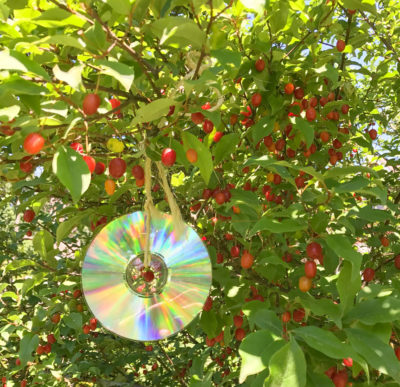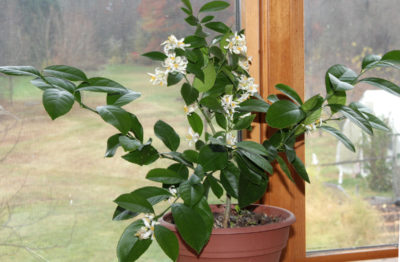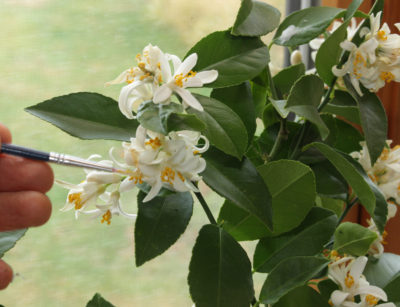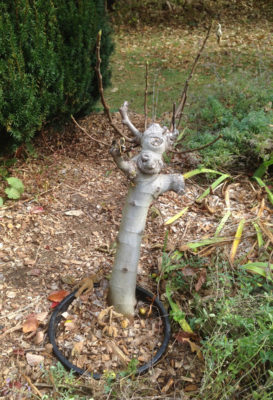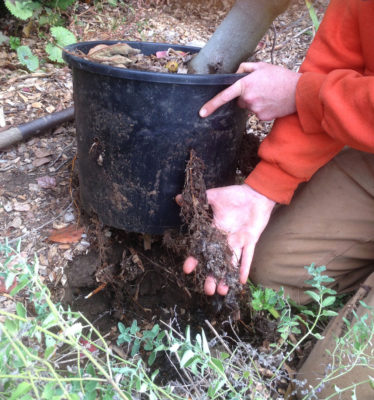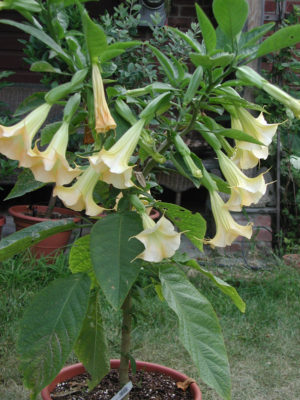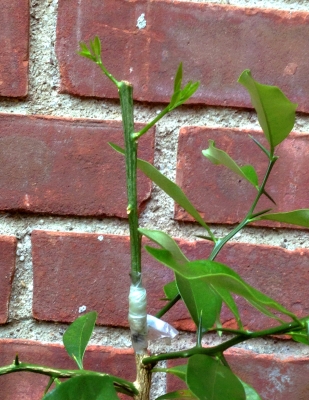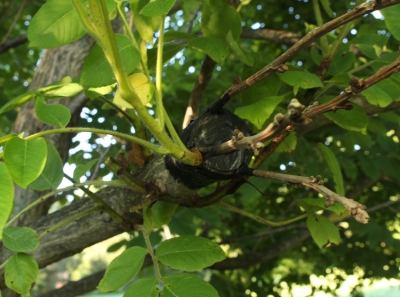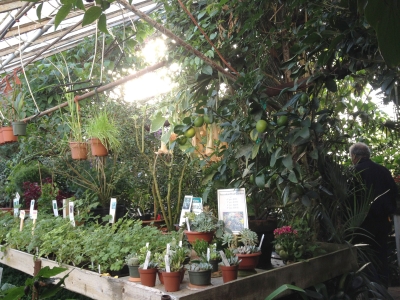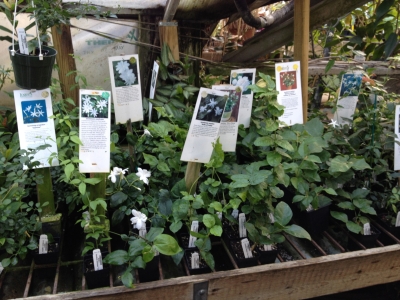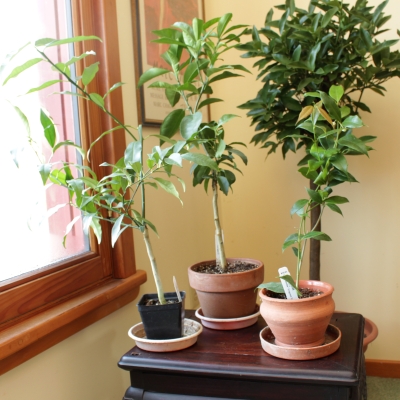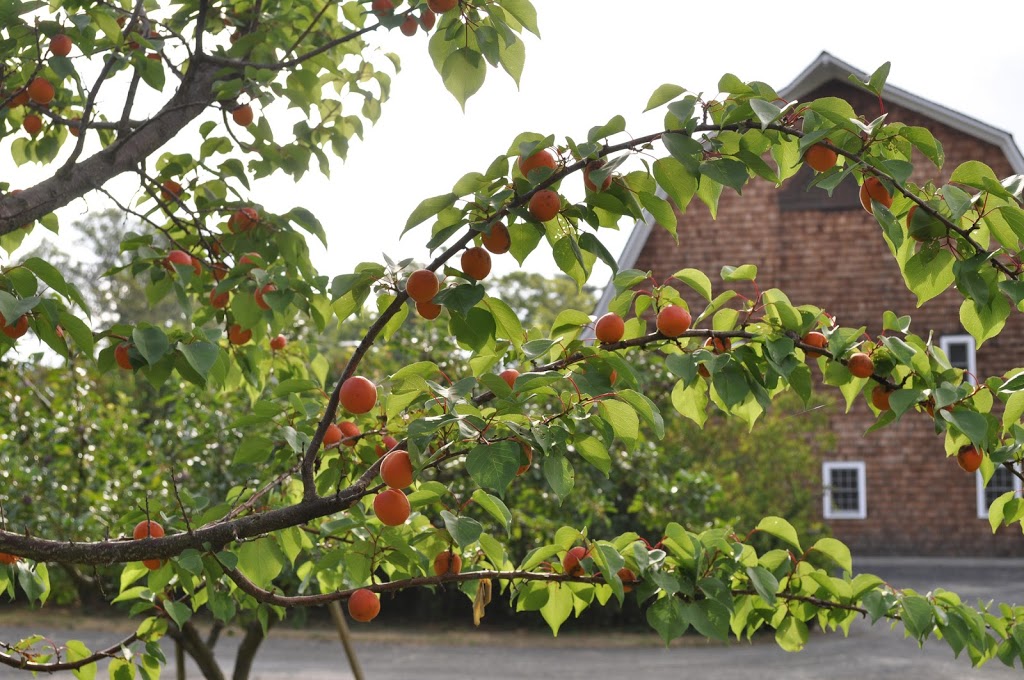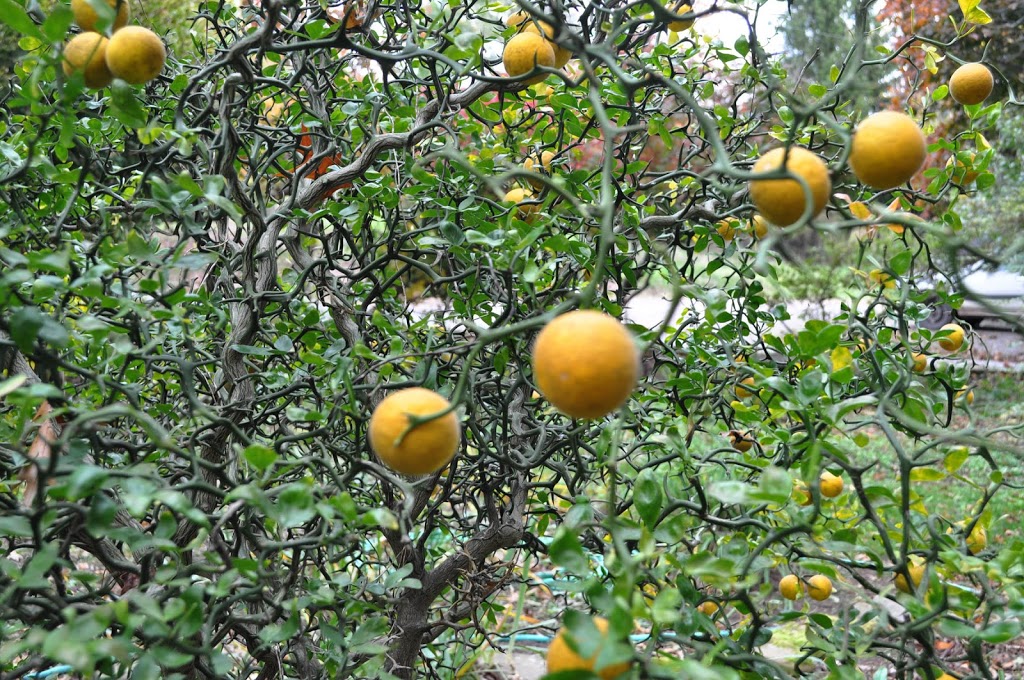New York Grown Oranges!
Yes, A True Citrus
Oranges? In New York, planted outdoors in the ground? Yes, I have them ripening on the branches now. No matter if they ripen thoroughly or not because, although they are true oranges, delicious flavor is not one of their assets. It’s still a plant well worth growing.
The plant is the aptly named “hardy orange,” actually a true citrus species, Citrus trifoliata. (Previously, hardy orange was a citrus relative; botanists recently moved it to the Citrus genus from the closely related Poncirus genus.)
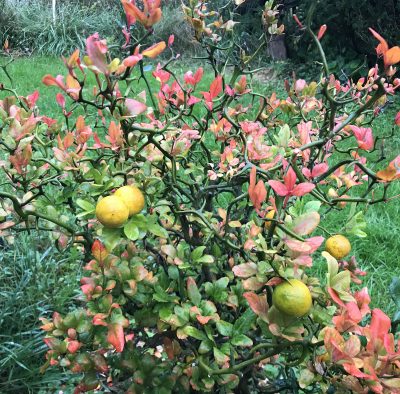
Mostly I planted hardy orange for its stems, whose show is at the same time intimidating, interesting, and decorative. Stems of the variety that I grow, Flying Dragon, twist and contort every which way, and then add to the show with large, recurving thorns. Stems and thorns are forest green, even as they age, and remain so all through winter to make the plant especially decorative when leafless.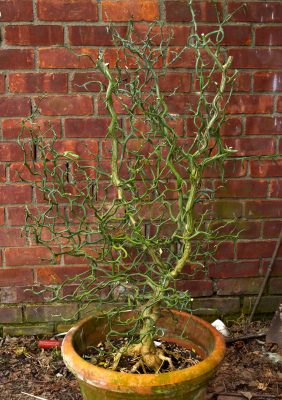
I would have planted Flying Dragon hardy orange just for its stems. But adding to the show, in spring are white flowers — citrus flowers — that are fragrant just like those of oranges and lemons. On my plant, at least, they’re smaller with commensurately less fragrance.
This year, this month, Flying Dragon has presented yet another attractive face. Its leaves are preparing to drop by turning a pinkish crimson. This color, developing for now on leaves towards the ends of the topmost branches contrasts nicely with the still forest green leaves and the few fruits starting to yellow.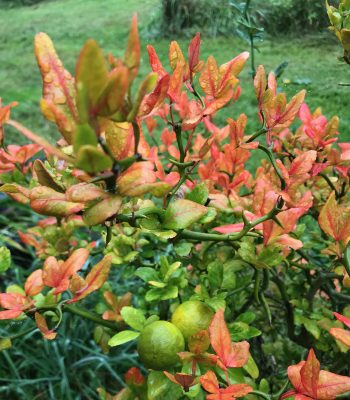
The problem with the fruits, gustatorily, is that they’re not very juicy, and they are very tart, somewhat bitter, and seedy. Still, they can be used to add a bit of home-grown citrus flavor to an -ade (Flying Dragonade?), fish, etc.
I Plant A Seed
New hardy orange plants are easy to raise from seed. The most important ingredient, as with other citrus, is not letting the seeds dry out once extracted from the fruit.
With most plants, you don’t get an exact replica of the mother plant in seedlings. Plant a McIntosh apple seed and the resulting tree will not bear McIntosh apples. (Just as you are not a genetic replica of your mother.) It depends on what pollinated the mother tree and how the chromosomes sorted out. Even though peaches are self-pollinating, the offspring of a Redhaven peach won’t bear Redhaven peaches.
Plant a seed of Flying Dragon hardy orange (or some other citrus varieties, in general), and you could get more Flying Dragons, exact replicas of the mother plant. That’s because citrus are among the few plants that exhibit apomixis, that is, seeds within the fruits that develop from only mother plant tissue.
Other plants that also bear apomictic seeds are some species of onion and dandelion. Some coneflowers, apples, and raspberries also bear apomictic seeds, but only if the flowers are pollinated — even though the pollen does not insinuate itself into the apomictic seed’s genetics.
Not all the seeds within a Flying Dragon fruit are apomictic. Hence, not all will grow to become Flying Dragons.
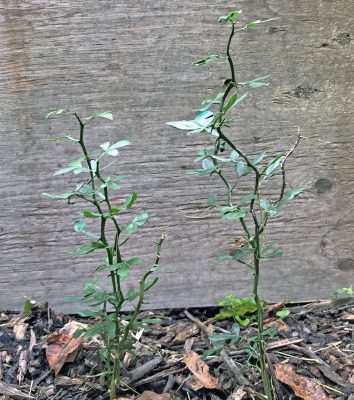
The seedling on right is probably apomictic
Further complicating matters, some seeds can develop into more than one seedling! And some of those seedlings growing from that one seed might be apomictic while others will be run-of-the-mill.
None of these complications interferes with my propagating Flying Dragons from seed. The contorted stems and recurved thorns are so distinctive that it’s easy to tell the Flying Dragons from the others. Apomictic seedlings also are generally more vigorous than sexually-produced seedlings.
Not Everyone’s A Fan
Southerners are not nearly as enamored with hardy orange as I am . The hardiness, the thorns, and the seeds’ enthusiasm to sprout make the plants a threat down there, where the shrubs grow from 8 to 15 feet tall.
Hardy oranges were introduced into the south about 150 years ago, possibly to contain livestock. There, the plants have spread to woodlands, forest edges, and fencerows to shade out native plants. The lack of affection for the plant might be summed up in a quote from a Texas publication stating that hardy orange “does respond well to bulldozing.”
While bemoaning not being able to grow southern magnolia, gardenia, camellia, and crape myrtle this far north, I am thankful for being able to grow hardy orange without any danger.



